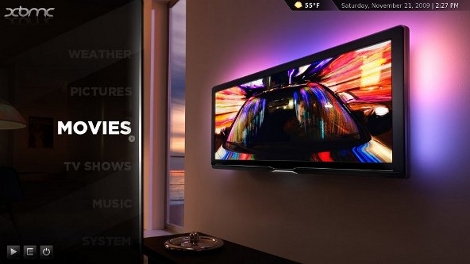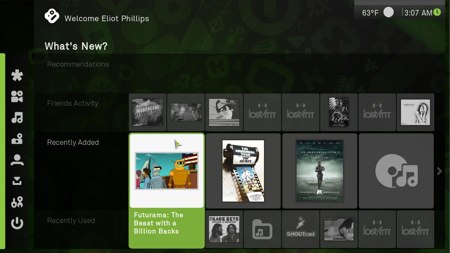
It’s no secret that XBMC just saw a major release with version 9.11 Camelot. What many don’t know is that development for the X in the name (Xbox) stopped two releases ago. That is to say that Team-XBMC no longer officially develops for the platform because of its inability to handle true-HD and many types of compressed content.
But, remember that this is an open source project. Just because the development team has moved on to more powerful hardware doesn’t mean the end of the 733 MHz wonder. There have been one or two folks maintaining the branch and backporting as much as they can.
It seems the that Camelot can now run on the original Xbox hardware. Both the skin and video playback must be set no greater than 720p to ensure smooth playback but that’s not much of a drawback considering that all video being played will still need to be upscaled to get to that resolution. There is also a repository of Xbox friendly skin hacks that allow newer skins to play nicely with the meager 64mb of ram available. So rejoice, you can have Camelot, and it’s crown jewel that is the new Confluence skin.

















